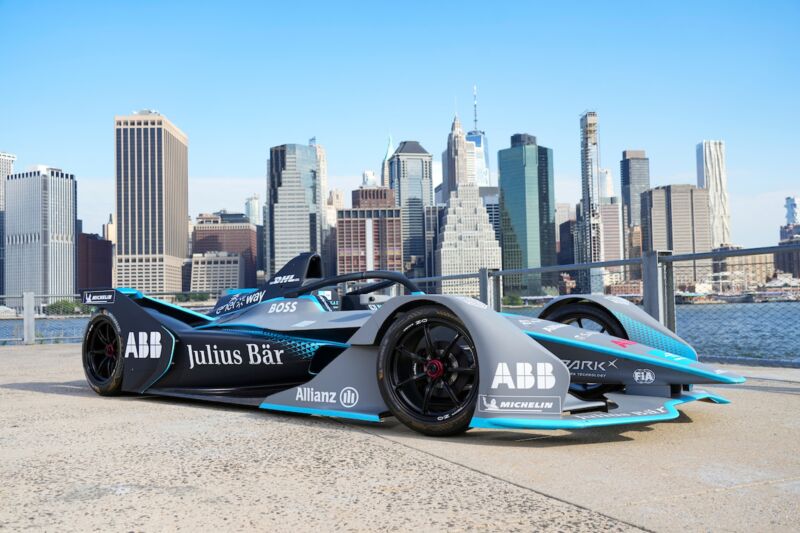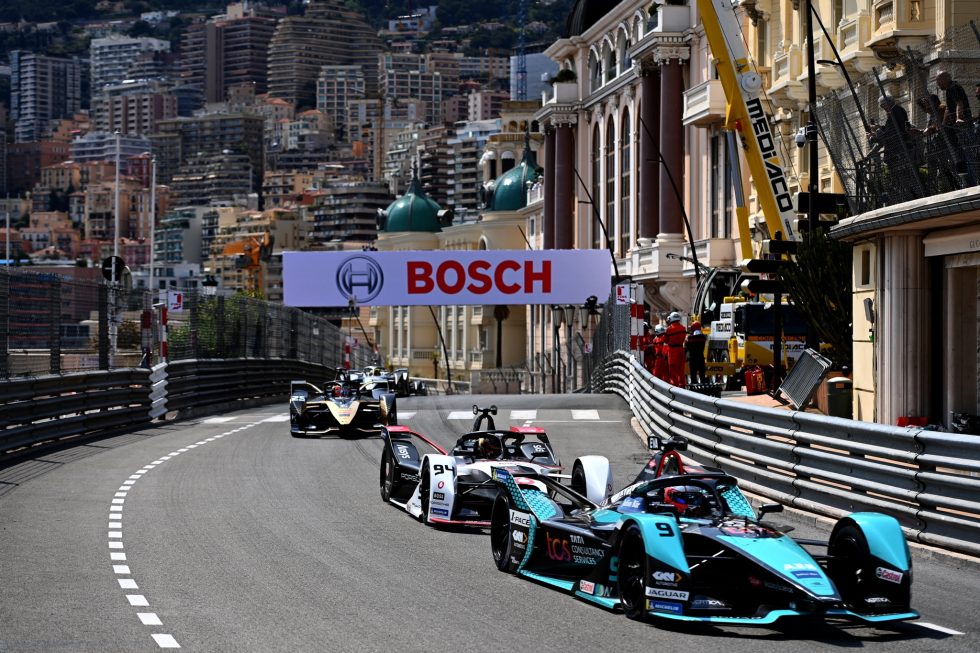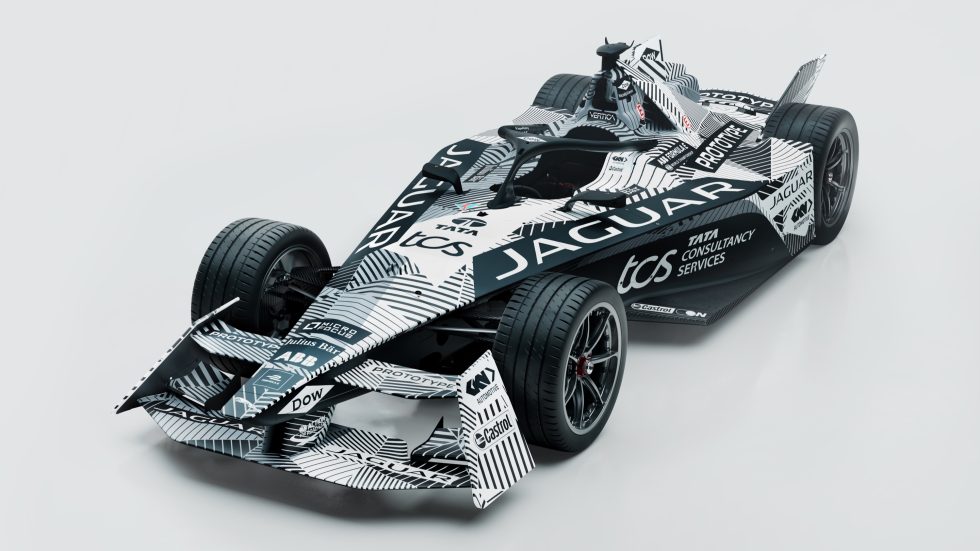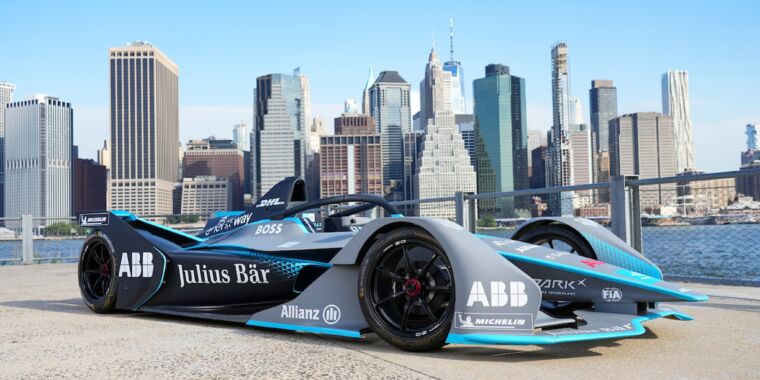
Formula E makes its annual return to Red Hook this weekend for the New York City ePrix. Ars sadly won’t be on hand for the races, which is a shame as it will be my last chance to see the Gen2 electric race car in action. I will have to make every effort to be there in 2023, however.
Next year will see significant changes for the all-electric racing series, including a much more powerful, much faster racing car and changes to some rules to make the races interesting. I can’t guarantee it, but I think there’s a good chance we won’t see the return of Fan Boost, which will make some corners of the internet happy.
What’s clear is that the series remains unafraid of thinking differently, and it’s helpful to remember that we’re talking about a sport that’s still only in its eighth season. Jamie Reigle took over as Formula E’s CEO in 2019, and last week I spoke to him about how the series has progressed and what we should look forward to in the next few years.
“Candidly, I think it was an element where we were probably taking things for granted. You know, the world goes electric and therefore, Formula E inherits the world,” Reigle told me. “You know, we have an awesome proposition and a great following wind, but that doesn’t preordain us to success from a sport perspective. And I think that’s something that we spent a lot of time over the last couple of years is saying, Okay, well, what would it take for us to be what we call a tier one sport?”
Many of the pieces are arguably there already. The sport is contested by some of the best racing drivers in the world. It races against backdrops like the Manhattan skyline, Monaco’s harbor, or Rome’s EUR neighborhood. It’s attracted manufacturers like Porsche, with McLaren and Maserati set to join next year.
“But you have to be able to stitch all that together into a coherent narrative to be really successful sport,” Reigle said.
Every racing series involves some blend of sporting competition, technology development, and entertainment, with more or less emphasis on one of those pillars depending on the series. (For example, F1 and Le Mans offer much more road-relevant technology transfer than NASCAR, which arguably places a higher premium on entertainment than either of those two.)

Simon Galloway / LAT Images
Additionally, Reigle pointed out that the series also has its mission to accelerate change toward an electric future. “So the sport, the tech, the show, and the purpose—we’ve had to improve all of those. And so now as we go into Gen3, I feel like we’ve got the foundational elements in place to, you know, hopefully be able to punch through and start to fulfill that promise,” he said.
The new car
The rapid development of road-going EVs has been a problem for Formula E, which revealed the Gen3 car at the end of April. As with the previous car, its looks are somewhat polarizing, but most everyone will be on board with the big power increase, from the old car’s 250 kW (335 hp) up to 350 kW (469 hp). It’s also been on a diet, losing 143 kg compared to the Gen2 car and will now tip the scales at 760 kg—just less than a current F1 car and just more than a current IndyCar.
Balancing how open the rules should be for technology development with a need to keep costs in check is a tricky tightrope to walk, and both Audi and BMW departed the sport after a few years, saying there was little else for them to learn that they could apply to their road cars. The flip side is that budgets are reasonable enough to attract a team like McLaren.
“You can sell sponsorship, and it’s going to wipe its own face and any other development budget. How much are the manufacturers willing to spend on particular areas of development? We’ve tried to isolate “what do we think is going to make the difference for manufacturers?” Because you’re right, the auto industry is moving so quickly, consumers perceptions are moving so quickly. You know, how do we make sure we’re staying at the cutting edge? And candidly, we haven’t been last few years, right. And that’s something that we really need to move into,” Reigle explained.

Jaguar
The series chose not to move to all-wheel drive, but the new cars will have a front generator unit that can recover an additional 250 kW under regenerative braking, meaning the new cars ought to be a good deal more efficient than the Gen2 EVs. Multiple New York ePrix winner and Jaguar Racing driver Sam Bird has already sampled the new car, which will replace a machine he described to me as “definitely the most challenging car I’ve ever driven in my racing career.”
“I’ve done a test day already in our Gen3 car. It’s very exciting—the car is a lot faster. There’s still a long way to go for us to work out how we can make the car as quick as possible. I think maybe one day is not enough and we’re working with Hankook tires now instead of Michelin, but I was very happy and optimistic with my first day. But it’s a big hike in performance, especially in a straight line,” Bird told me.








